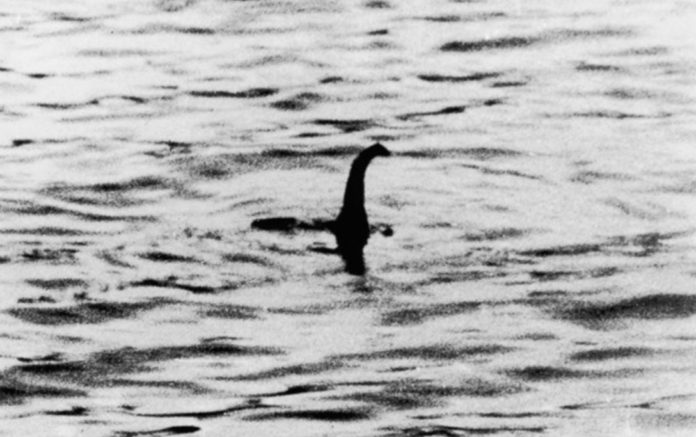The legendary Nessie monster may be a species of “ancient sea turtle” that entered the lake during the end of the last Ice Age.
Henry Bauer, a former professor of chemistry and science at the Virginia Polytechnic Institute, said the Scottish Loch Ness is home to an ancient species of sea turtle inherent in the features of the famous Loch Ness monster. This was reported by the Daily Record.
According to Bauer, during the last ice age, the creature was trapped in a body of water. It is turtles who have a relatively long neck, are able to spend a lot of time at depth and tolerate low temperatures.
“The most popular idea is that the Loch Ness Monster has a relationship to extinct plesiosaurs,” says Henry.
- Scientists in Fear of This New Predator From Red Sea Eating Native Species in Mediterranean
- Does This Mean We Stopped Being Animal and Started Being Human Due to ‘Copy Paste’ Errors?
- The One Lifestyle Choice That Could Reduce Your Heart Disease Risk By More Than 22%
- Aging: This Is What Happens Inside Your Body Right After Exercise
- Immune-Boosting Drink that Mimics Fasting to Reduce Fat – Scientists ‘Were Surprised’ By New Findings
“Everything described for the Loch Ness Monster squares with is known many living and extinct species of turtles,” the scientist noted.
At the same time, he added that such ancient species of turtles have not yet been encountered by humans.
The first written mention of the Loch Ness monster or Nessie is found in the manuscript of a Scottish monk in the 6th century. Despite numerous eyewitness accounts of the monster, its existence has not yet been confirmed.
Recall, an international team of researchers for more than a year studied DNA samples in Loch Ness and found no evidence that the monster ever lived in a reservoir.
